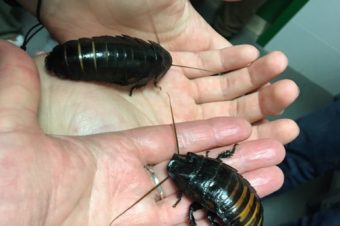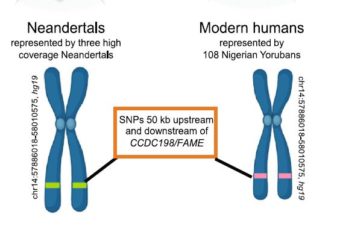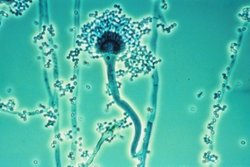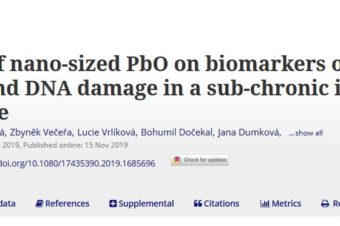It has been known for many years that in temperate climates the European honey bee,
Apis mellifera, exists in the form of two distinct populations within the year, short-living summer bees
and long-living winter bees. However, there is only limited knowledge about the basic biochemical
markers of winter and summer populations as yet. Nevertheless, the distinction between these two
kinds of bees is becoming increasingly important as it can help beekeepers to estimate proportion of
long-living bees in hives and therefore in part predict success of overwintering. To identify markers
of winter generations, we employed the continuous long-term monitoring of a single honey bee
colony for almost two years, which included measurements of physiological and immunological
parameters. The results showed that the total concentration of proteins, the level of vitellogenin,
and the antibacterial activity of haemolymph are the best three of all followed parameters that are
related to honey bee longevity and can therefore be used as its markers.
Similar Posts
Festival vědy
Zúčastnili jsme se Festivalu vědy 2024. Read More
Exkurze studentů z Třebíče
Propagaci vědy bereme vážně. V úterý 23. ledna se u nás byli podívat studenti z... Read More
A previously uncharacterized Factor Associated with Metabolism and Energy (FAME/C14orf105/CCDC198/1700011H14Rik) is related to evolutionary adaptation, energy balance, and kidney physiology
Abstract: In this study we use comparative genomics to uncover a gene with uncharacterized function... Read More
Characterization of Aspergillus fumigatus secretome during sublethal infection of Galleria mellonella larvae
Introduction: The fungal pathogen Aspergillus fumigatus can induce prolonged colonization of the lungs of susceptible... Read More
The effects of nano-sized PbO on biomarkers of membrane disruption and DNA damage in a sub-chronic inhalation study on mice
Although the production of engineered nanoparticles increases our knowledge of toxicity and mechanisms of bioactivity... Read More





